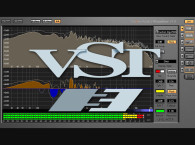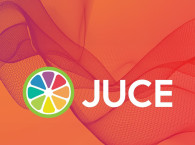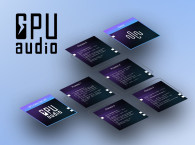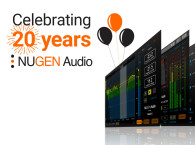
Initially launched in 1996, VST creates a professional studio environment on PC and Mac computers, allowing the integration of virtual effect processors and instruments into any VST host application. Being an open standard, the possibilities offered by VST continuously grow.
2008 saw the release of VST 3, now featuring multiple MIDI ports, surround sound capability and side chaining. Since then, many new capabilities have been added to Version 3 and hence the technology has received great acceptance across the entire industry.
VST 3.7 introduces the VST 3 Project Generator that further facilitates the entry into the VST development world. The VST 3 Project Generator allows users to create a VST 3 plug-in project with just few clicks, which can then be used as the code skeleton in Xcode or Visual Studio.
The VST SDK documentation has been enhanced and can now be accessed online. The detailed documentation provides information on how to develop plug-ins, also including tutorials with lots of examples for both beginners and advanced developers.
The MIDI 2.0 standard announced by MMA (MIDI Manufactures Association) is already widely supported by VST 3. Detailed documentation on how to employ the MIDI 2.0 enhancements with VST 3 is available at the Steinberg Developer Resource. Also new is that the VST 3.7 SDK also supports the development of plug-ins compatible with the new ARM-based Apple Silicon chips.

Arne Scheffler, senior software engineer for VST at Steinberg commented: “VST is built on the ideas and creativity of the global creative community. We want to lower the entry barrier for the next generations of VST developers, and we can’t wait to see what they come up with.”
The SDK can be used under free license and is available for download on the Steinberg website.
Steinberg Developer Resource: developer.steinberg.help
www.steinberg.net






